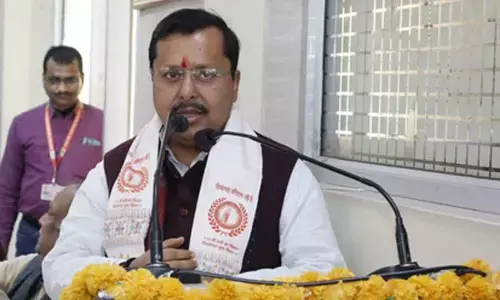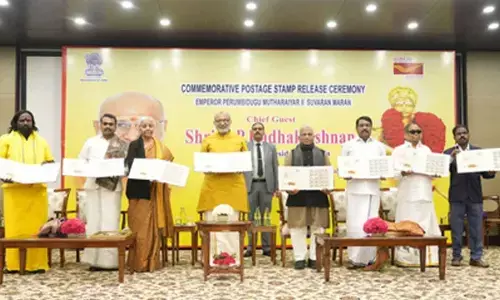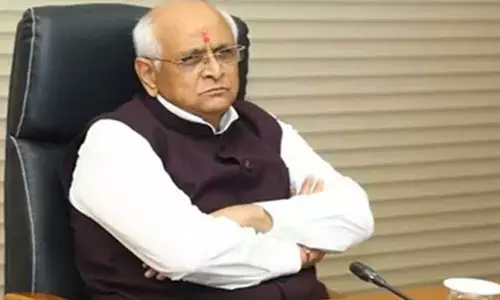IIT Delhi achieves QKD for 380 km in standard telecom fiber

In a recent experimental breakthrough on secure quantum communication, researchers at IIT Delhi have achieved a trusted-node-free quantum key distribution (QKD) up to 380 km in standard telecom fiber with a very low quantum bit error rate (QBER).
New Delhi: In a recent experimental breakthrough on secure quantum communication, researchers at IIT Delhi have achieved a trusted-node-free quantum key distribution (QKD) up to 380 km in standard telecom fiber with a very low quantum bit error rate (QBER).
The IIT Delhi said that this long secure length is the highest achieved so far, not only in India but first globally for the Differential Phase Shift (DPS) QKD protocol, keeping IIT Delhi at the forefront of research and development in quantum communication technologies.
The research team informed that such low QBER enables the DPS QKD scheme resistant to collective and individual attacks and implementable for various applications, such as securing financial transactions, medical records, and secret codes. It is also capable of securing network communication, such as the Internet of Things (IoT), and is ready to revolutionise the field of cyber security.
Bhaskar Kanseri, lead researcher and Associate Professor said: “This realization using state-of-the-art technology would not only help in reducing the need for trusted nodes for intercity or long-distance quantum key exchange, increasing the security of the cryptography scheme, but would also prove to be a crucial step towards the commercial production of long-distance secure practical QKD devices.”
He said that that in quantum communication, security is guaranteed by the laws of Quantum Physics and, in principle, it cannot be broken even using a quantum computer. This QKD demonstration shows methods to get rid of the intermediate trusted nodes, which are weak security loopholes and are vulnerable to several kinds of attacks.
It paves the way for more secure long-distance communication useful for strategic areas such as defence and online banking, making digital transactions safer in the near future, he added.
They conducted this study using the baseline error optimisation method at their Experimental Quantum Interferometry and Polarization (EQUIP) lab.arti


















